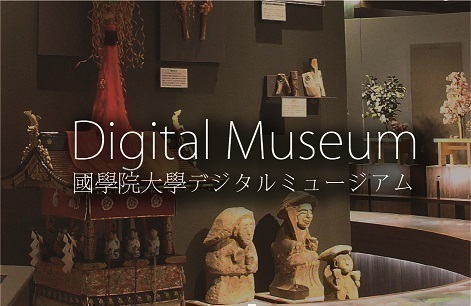- トップ
- Encyclopedia of Shinto
- Jinja gōshi
Encyclopedia of Shinto
| Main Menu: | |
| Links: |
詳細表示 (Complete Article)
| カテゴリー1: | 3. Institutions and Administrative Practices |
|---|---|
| カテゴリー2: | Modern and Contemporary |
| Title | Jinja gōshi |
| Text | In its broadest sense, the term refers to the process of "merging" whereby multiple shrines become one. More specifically, the term refers to the shrine merger policies carried out by central and local government between the end of the Meiji and the start of the Taisho eras. There were some shrine mergers in the early Meiji era as well, but the large-scale abolition and consolidation of shrines was not planned until after the creation of the Shrine Bureau (Jinjakyoku) in 1900. The Shrine Bureau in the Home Ministry planned the reorganization and the abolition of smaller, unviable shrines as a means of enhancing the presence of shrines as a whole. Their plan was to target the village shrines (sonsha) and unranked shrines (mukakusha), which between them constituted the vast majority of shrines in the land. Intimately related to the merger issue were problems regarding the provision of offerings to municipal, prefectural shrines (fukensha) and rural district shrines (gōsha). The government's real purpose here was to organize existing shrines and to limit the provision of shrine offerings to a carefully selected few. 1906 saw the promulgation of an imperial edict (chokurei) entitled "With Regard to the Provision of Offerings to Shrines of Prefectural Rank and Below." This was critical in opening the way for a radical improvement in the status of these shrines. Since the 1873 abolition of stipends to priests (shinkan) at these shrines, they had ceased to be in anything but name "sites for the performance of state rites;" the provision of offerings meant a fundamental change. However, the edict applied only to a carefully selected few shrines below the level of fukensha. The government was determined to stipend only those that were thriving. Others that were struggling to survive would be done away with. The government sought to identify, through the process of merging, a smaller number of shrines that it would then be able to stipend. The imperial edict of August 1906 dealt with the surrender of land belonging to merged shrines, temples, and other sacred sites. Under the edict, the land was to be surrendered without compensation, which allowed shrine mergers to be pursued with greater facility. Mergers were now implemented across Japan. Local authorities in Wakayama and Mie prefectures forced through an especially rigorous program of mergers. Of the ten thousand or so shrines of prefectural status or below in those two prefectures, only about one thousand three hundred remained by 1914. So ferocious was the merger program implemented by local governments in some areas that the national total of two hundred thousand shrines prior to the mergers was reduced by 1914 to just one hundred twenty thousand. Stout resistance to the merger program was offered by intellectuals like Minakata Kumagusu and Yanagita Kunio. In the Diet, too, Nakamura Keijirō of the Lower House and Takagi Kanehiro and Egi Kazuyuki of the Upper House pressed the government to stop its merger policy. Eventually, the Shrine Bureau (Jinjakyoku) took these protests into consideration and the forcible merging of shrines came to be eschewed. — Sakamoto Koremaru |




